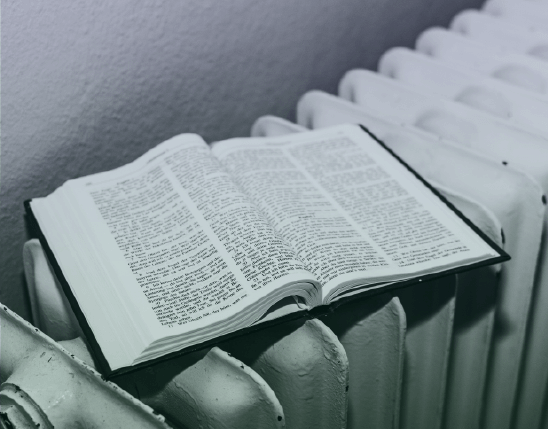
What do STROBE guidelines entail?
October 31, 2018
Parallel Construction
October 31, 2018Style sheets, a “must” in scientific writing
8 tips to polish your scientific and academic writing using cheat sheets.
In this article we discuss how to create and use style sheets in academic writing; a challenging facet of academic writing is uniformity. When writing an article, it is easy to overlook a writing requirement that has been agreed upon by the publisher (say UK English punctuation instead of US punctuation), or the representation of a different name or title. When you are overloaded by specifics, it is easy to lose sight of the nomenclature in vogue, but don’t stress about it. Pubrica experts have helped many academic writers contend with similar situations.
Ensure you keep a tab of the formatting styles you have agreed upon and it is helpful to have a tailored style sheet or cheat sheet. To shape up your writing, always use this cheat sheet as a reference.
Scientific and academic style sheets
A style sheet lists out detailed items and clarifies on how you have selected to showcase them; for example, punctuation or spelling of a phrase, word, or mathematical formatting of numbers, stats, measurements, etc. The style sheet is also go-to place to document a format that is not on par with a standard style guide. Documents those choices that vary from or are more detailed than what is available in the style guide.
Scientific style sheet and your style sheet are not duplicates because you are not repeating all the guidelines found in APA, MLA, CMOS, etc., but what you do is take sections that are connected to your work.
Style sheet structure
Create 4 categories when you build a style sheet. Here are the categories.
- General:
In this section, include info about the objective of the article, the target audience, or other specific instructions.
- Writing style
In this section you must cover spelling norms such as unusual terms, particularly those with unusual spellings or definitions. In the case of grammar, ensure you delve upon the technical issues such as pronouns, verbs, and so on.
Address mechanical issues such as punctuation and keep tabs on areas of punctuation (such as hyphenation) that you need to vigilant of. For example, remind yourself when it comes to apostrophes, hyphens, serial comma, and the like.
Quantitative and other numerical values: Keep in mind on the usage of stats and formulae. Publishers across scientific writing spell the numbers until ten and then use figures for the remaining.
- Record your comments in this section about formatting (say italics, bold, etc.) aspects such as “et al.” and how you need to treat headings and subheadings.
- Further remarks: Include any additional notes that do not suit in the previous sections.
Merits of using a style sheet include the following:
- As a “don’t forget” label
- As a justification sheet
If you forget the style that demands consistently, say UK or US punctuation or spelling. For example, programs or programmes. Style sheet transports you into the role of an editor, which is sometimes arduous to do by yourself.
When you submit to a journal, the publisher or editor may query how you presented certain elements such as specific spelling or the punctuation of a trade name. In this scenario, fall back on the style sheet and associated notes.
Tips to remember when using style sheets
- Alphabetize the order of your list and use the “sorting” tool to take care of the rest. Sorting ensures your task easy during tight schedules and looming deadlines.
- Record valid references and exhaustive sources of your research that enabled you make a decision in academic style and format. Be prepared to answer why you chose a particular style convention.
To sum up, a style sheet thus ensures uniformity in your writing and provides a better experience for the audience. This is particularly important in scientific disciplines where uniformity and details are pivotal. A detailed style sheet validates a strong framework for your paper. Yes, scientific writing quality guaranteed!
